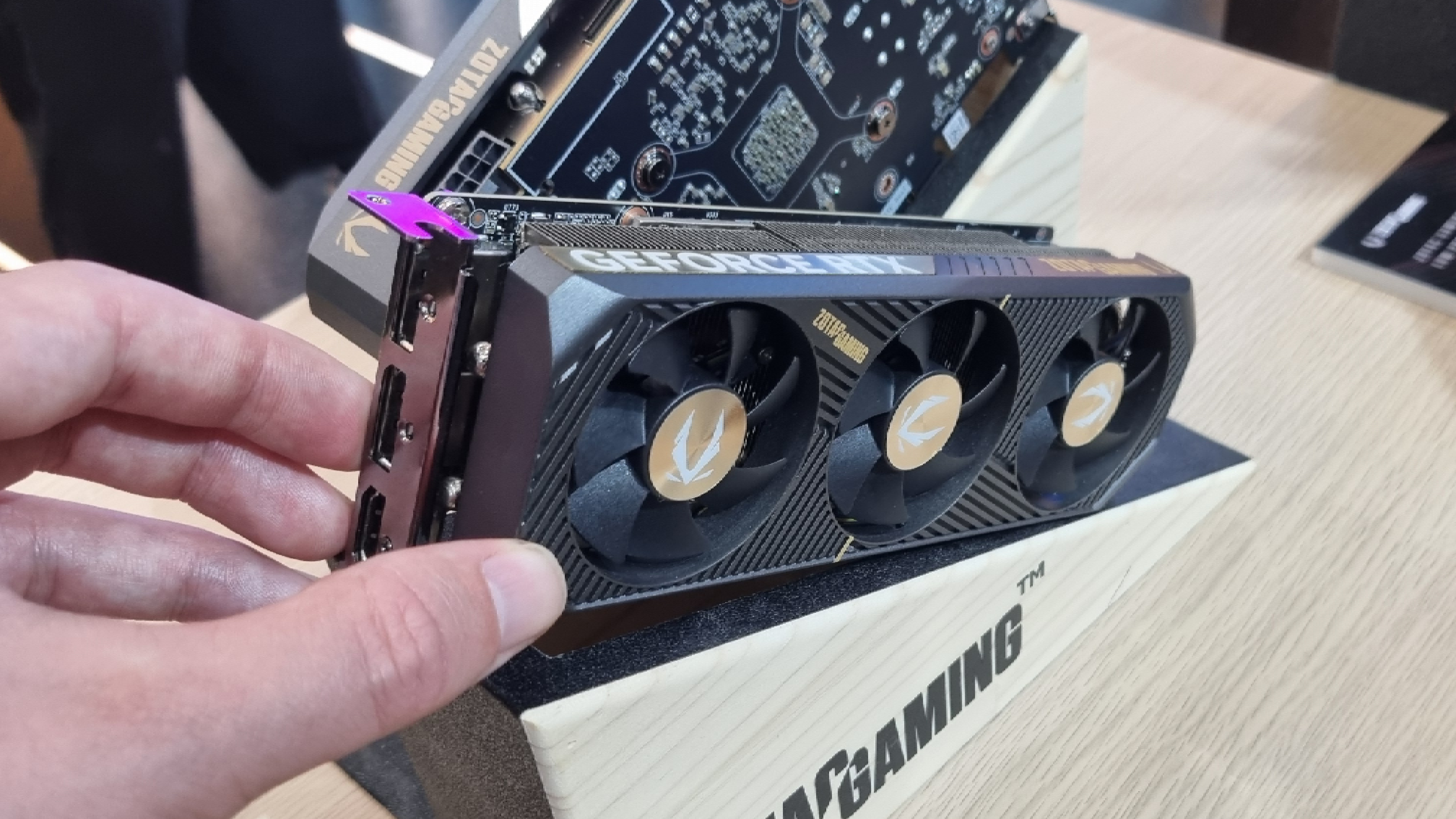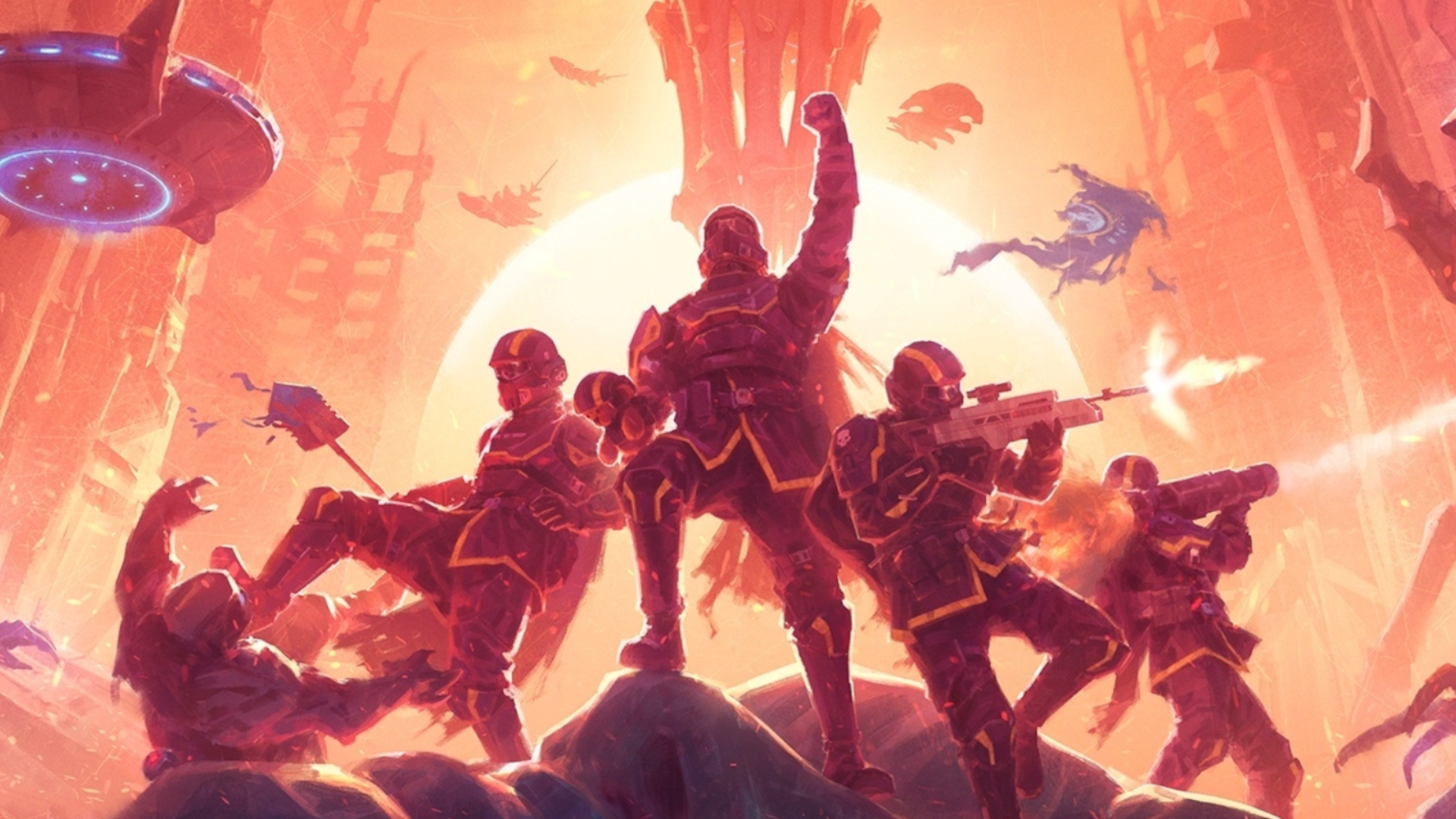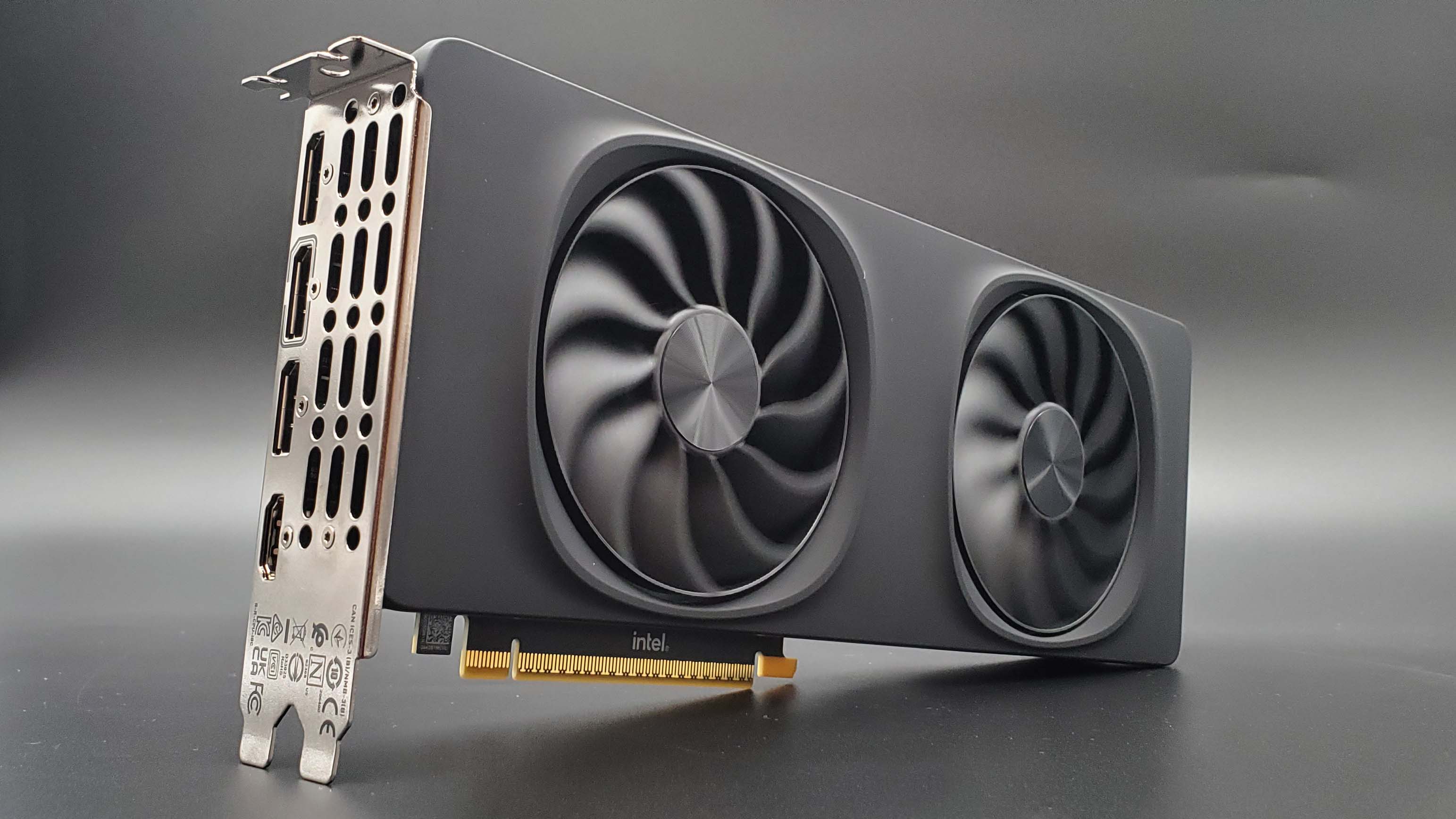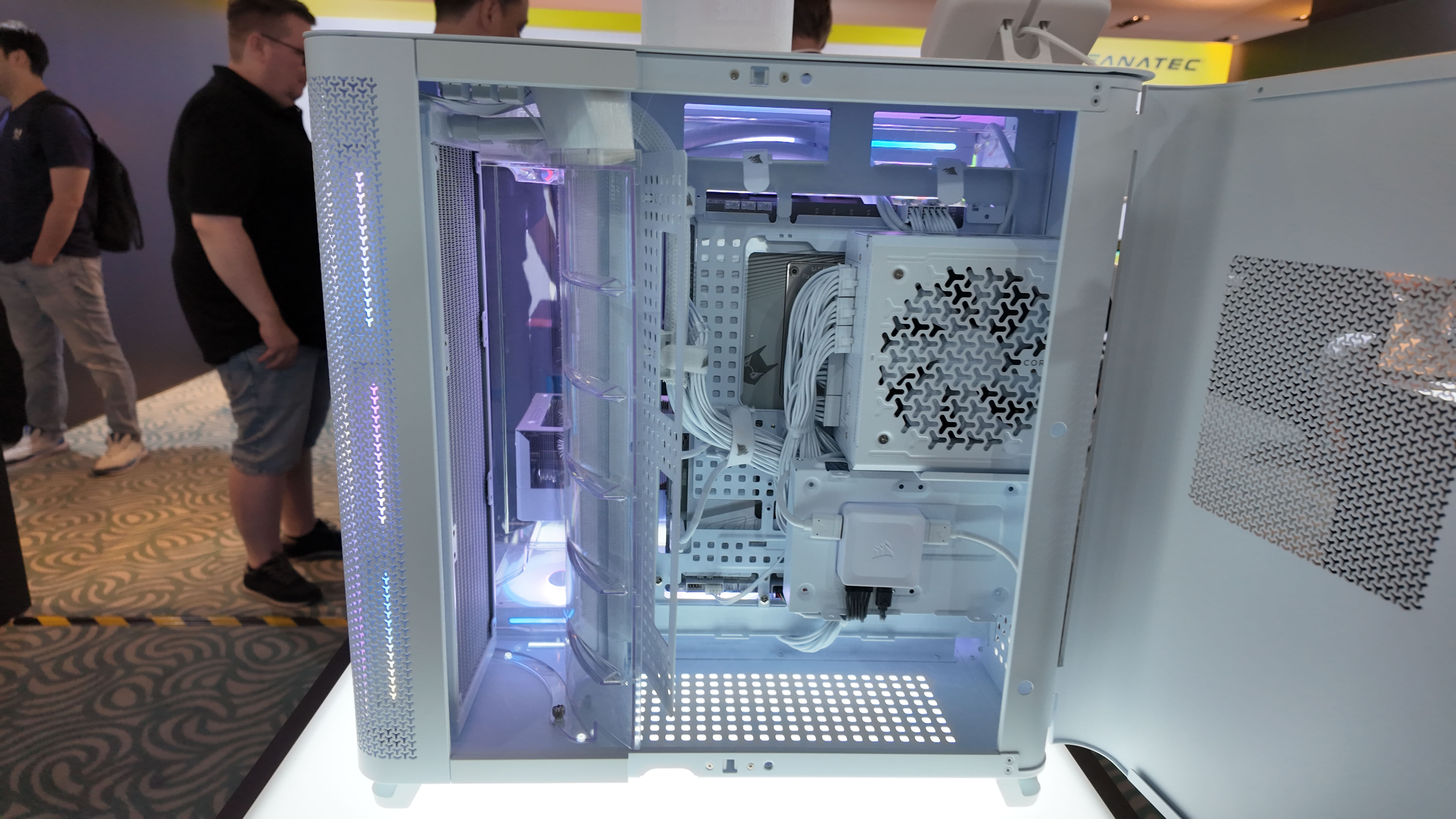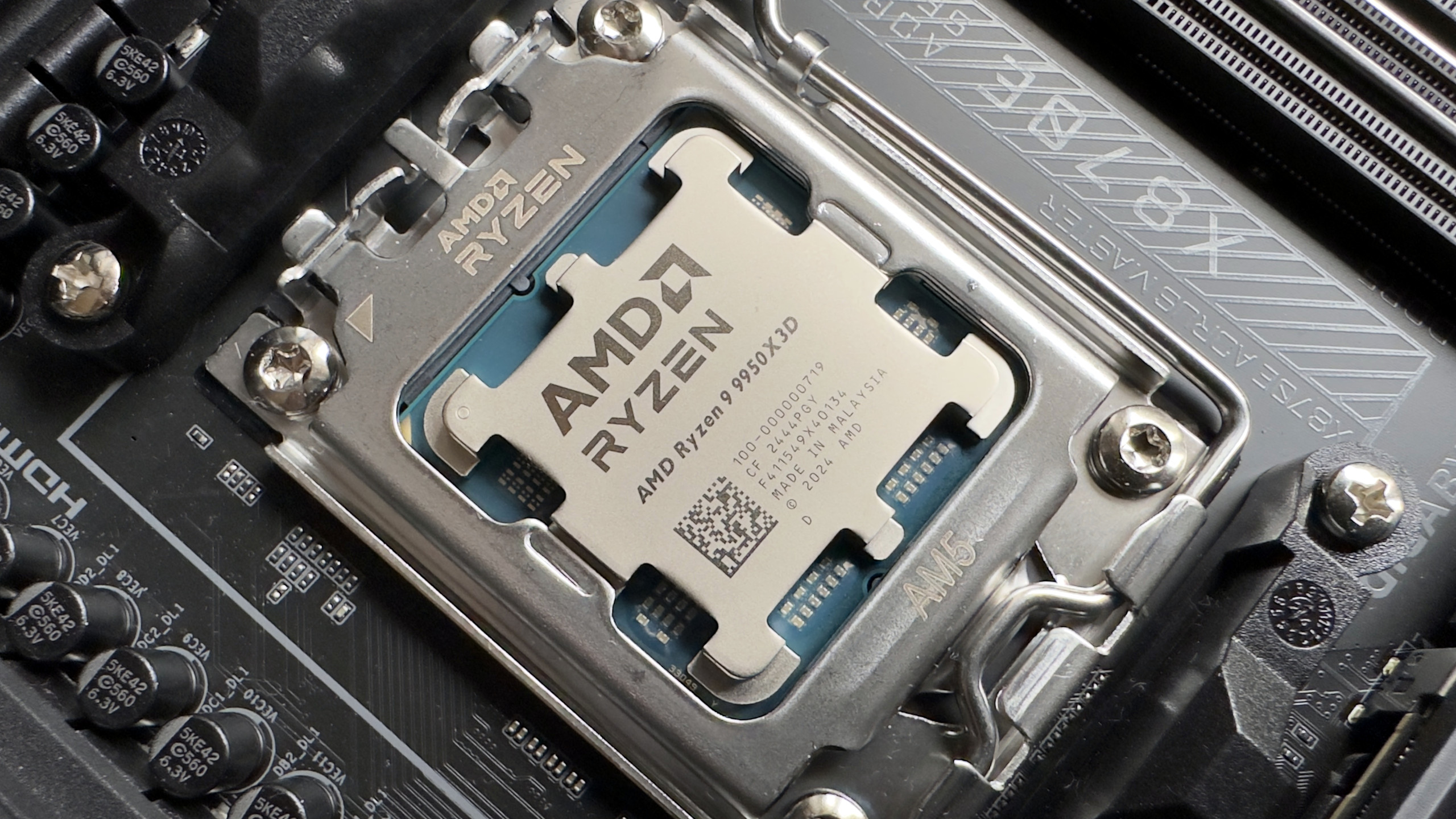
Star Wars Outlaws Delivers the Galaxy’s Underworld Far Better Than Solo or The Book of Boba Fett
Since we first visited a galaxy far, far away back in 1977, there have been a few glimpses at the universe’s dark underbelly – the “wretched hive of scum and villainy”. As early as A New Hope’s brief excursion to the Mos Eisley cantina for our first meeting with Han Solo, it was clear this was a galaxy filled with colourful characters who wouldn’t necessarily play by the rules. But while Star Wars projects like Solo and The Book of Boba Fett have spotlighted this infamous criminal underworld and its syndicates, it is only the franchise’s latest video game that truly takes a deep, worthwhile dive into this murkier, darker corner of the universe. Star Wars Outlaws is filled with criminal enterprise, backstabbing, and syndicates vying for control, and does all this far more effectively than any other Star Wars movie or TV show to date.
Outlaws puts us in control of Kay Vess, a smuggler from Cantonica (the casino planet memorably explored in The Last Jedi.) From the game’s opening moments it is immediately obvious that this project is not overly tied into the wider plot of the Skywalker saga, telling a self-contained story with just the right amount of nods and cameos that service the story. It means Outlaws is free to dive deep into what makes Star Wars’ criminal underbelly tick.
Serving that goal is a reputation system that places importance on building relationships with the galaxy’s major syndicates on each of Outlaws’ five planets. On Kijimi, for example, Crimson Dawn is locked in a battle for control with the Ashiga Clan. Free to work for either of these syndicates, each job Kay chooses has a bearing on her standing with the group that hired her and, in turn, the people she turned down. Through this system we get a clear sense for which syndicate has the strongest presence on each planet and how Kay’s actions might help turn the tide.
The blend of existing planets like Kijimi, Catonica, and Tatooine, plus new planets like Toshara and Akiva, each have varying levels of urbanisation, Empire control, and syndicate activity, which all helps shows how the rise of the Rebel Alliance has left an opening for these criminal organisations to cash in on dwindling Imperial power. Even side activities like Sabbac, often played by shadowy sorts at secret underground tables, help flesh out the earthier side of the universe and show there is more to it than the lightsabers wielded by noble Jedi and dogfights performed by heroic pilots.
The rise of the Rebel Alliance has left an opening for these criminal organisations to cash in on dwindling Imperial power
Of course, such organisations aren’t new to Star Wars. Crime lord Jabba the Hutt was a major part of Return of the Jedi. The exploration of the Hutts’ and their rival syndicates’ operations, though, had been much more superficial until Outlaws came along. George Lucas had once planned a TV series, Star Wars: Underworld, which would have explored the darker side of Coruscant, the galaxy’s capital, but the project failed to get off the ground. And so aside from the odd expanded universe novel, such as 1996’s Tales of the Bounty Hunters, it wasn’t until 2018’s Solo: A Star Wars Story that the franchise put criminals centre stage.
Unfortunately Solo scuppered a prime opportunity to explore a younger, rougher-around-the-edges Han Solo and his links to the underworld. Instead it was overly focused on box-ticking, showing us unnecessary formative moments like how Han met Chewbacca, Lando and got hold of the Millenium Falcon. The lightning-fast pace of Solo’s first half also meant there wasn’t a huge amount of time to dissect the state of the underworld during its timeline window between Episodes 3 and 4. While Han and Chewie do work with the Crimson Dawn syndicate as part of the story, we don’t find out much about the inner workings of its operation. A lot of the broader, potentially very interesting politics are instead relegated to simple asides, with Paul Bettany’s Dryden Vos – Crimson Dawn’s figurehead leader – only featuring in just a handful of scenes.
A few years later The Book of Boba Fett, a seven-episode Disney+ TV series, presented a second opportunity for a live-action Star Wars project to really dive into the grit of the Star Wars universe. But, once again, while the show did explore the potentially interesting story of Boba Fett trying to inherit Jabba’s operations on Tatooine, it never quite came together in a way that delivered on its promise.
Much of the opening half of the series was consumed by flashbacks, exploring what happened to Fett between his apparent death in Return of the Jedi and his return in The Mandalorian, rather than examining his place in the modern criminal underworld. What was set in the present came as a surprise to fans, who perhaps weren’t expecting so much of the show to focus on Fett’s relationship with the Tusken Raiders.
Boba Fett’s efforts to maintain power among the syndicates felt like a subplot in his own show.
When the show finally began to focus more on the politics of Tatooine’s power struggle, the attention oddly shifted to Din Djarin, filling in some of the gaps between seasons two and three of The Mandalorian. Losing almost two whole episodes to the lead from another show stifled the The Book of Boba Fett’s momentum and meant its focus was split. With cameos from Ahsoka Tano, Luke Skywalker and others, Boba Fett and Fennec Shand’s efforts to maintain power among the syndicates felt like a subplot in their own show.
Such a dismal result for Fett is only exacerbated by the fact that the fan-favourite bounty hunter was almost the star of his own crime movie, helmed by Logan director James Mangold. The project was “much more of a borderline R-rated, single planet spaghetti Western,” Mangold explained during an episode of the Happy Sad Confused podcast. It’s a description that suggests a more interesting avenue than the one the show went down, one that may well have taken a deeper dive into Fett’s earlier years and time as a ruthless bounty hunter. Sadly the project was cancelled in the wake of Solo’s poor box office results.
With these multiple failed or disappointing TV shows and movies, it has been the job of Star Wars Outlaws to finally deliver on the galaxy’s darker, grimier underworld. Thankfully Outlaws takes concepts that have only been briefly explored in other live-action and animated projects and brings a fresh flavour to them, taking a far deeper dive into the universe’s more dubious characters and concepts. We get a proper feel for how the crime syndicates operate and the bearing each has for Kay and the central plot. It feels like a properly dangerous galaxy – a place where the wrong move could prove costly, and one without a single Jedi in sight to help. This feels like the Star Wars project we’ve been hoping for since Luke and Obi-Wan first set foot in the Mos Eisley cantina all those years ago.
Chris Connor is a coffee and whisky driven culture wordsmith, with work published at NME, Radio Times, Yahoo, and others.



